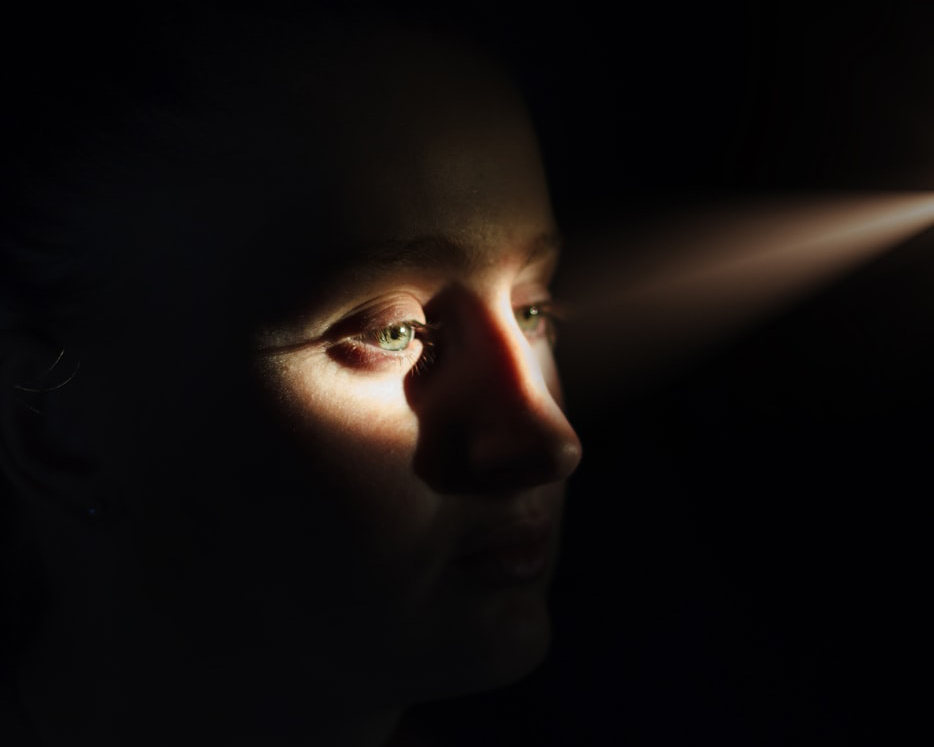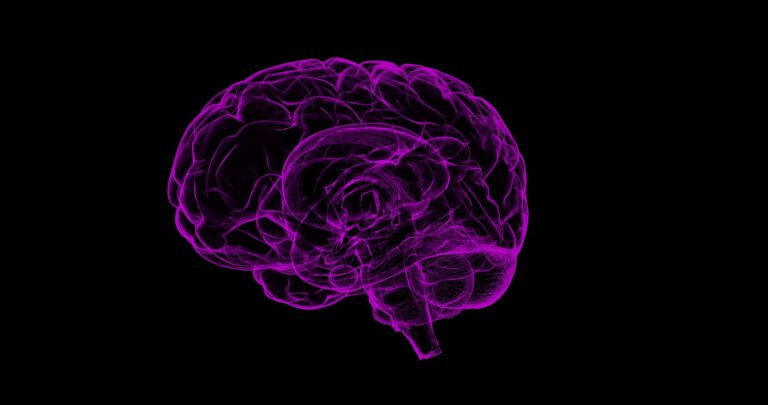Depression
Before the COVID-19 pandemic, depression may have already been the most commonly-referenced psychological disorder in the world, but the events of this year have undoubtedly brought it to the forefront of modern society. One in fifteen American adults were already suffering from depression back in 2017; now, isolation, financial hardship, and personal loss have caused the per-capita rate of mental health issues to skyrocket. But what does that really mean? What is depression, and how can we remedy it?
In general, depression is a mood disorder characterized by unpleasant feelings and emotions like sadness, lethargy, pessimism, and helplessness. Other symptoms can include irritability and restlessness, as well as a feeling of isolation and a lack of interest in regular activities. Depression can be hard to define because it has a wide range of symptoms and people tend to feel depression in different ways, experiencing some types of negative emotions but not others.
Depression is caused by a variety of factors including genetics, personality traits, and external circumstances. The effects of COVID-19 have drastically changed our collective environment, and for many individuals already at risk of developing depression these changes have caused negative emotions to persist for long periods of time. Unfortunately, the situation is unlikely to improve in the near future due to the onset of winter, which on its own can cause a specific type of depression called SAD, or Seasonal Affective Disorder. SAD occurs due to the lack of natural light during winter months and is often connected to social withdrawal, which has become more common in our distanced world.
Luckily, there’s some good news: depression is a highly treatable disorder, with psychotherapy and medication both shown to be effective in lessening common symptoms. If you’re consistently experiencing symptoms of depression, don’t hesitate to contact a medical professional or call 1-800-662-4357 to get help.








